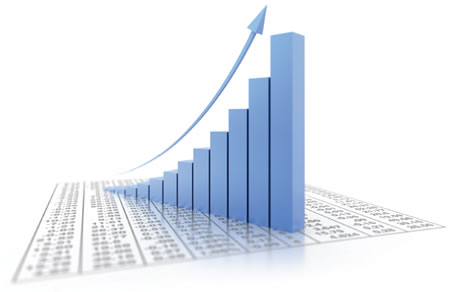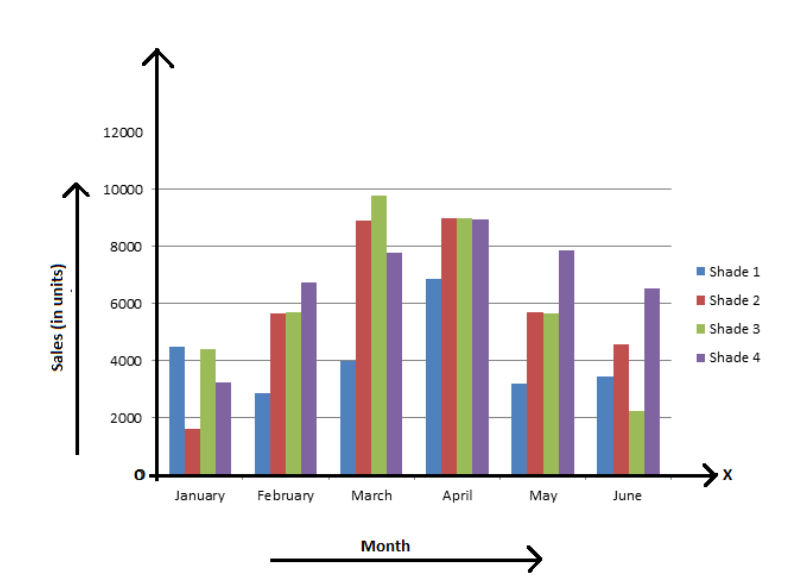The accounts should cowl all monetary activities and match the business’s monetary statements. Correct bookkeeping with the COA ensures financial statements show the business’s true position. This helps managers and investors understand efficiency and make selections. An added bonus of getting a correctly organized chart of accounts is that it simplifies tax season. The COA tracks your small business income and expenses, which you’ll need to report in your earnings tax return every year.
The steadiness sheet accounts (asset, liability, and equity) come first, followed by the earnings statement accounts (revenue and expense accounts). Staying on the proper facet of monetary regulations is non-negotiable. Your chart of accounts is the inspiration for assembly standards like GAAP and particular income recognition rules like ASC 606. A thoughtfully designed CoA ensures your financial info is constant and simple to consolidate, which is crucial for corporations working throughout a number of locations or entities.

The bookkeeper would have the power to inform the distinction by the account quantity. An asset would have the prefix of 1 and an expense would have a prefix of 5. This construction can keep away from confusion within the bookkeeper course of and guarantee the proper account is selected when recording transactions. For rising companies or startups scaling fast, getting your COA proper is non-negotiable. It ensures your income assertion accounts actually mirror your monetary health. As A Substitute chart of accounts a simple guide, reap the benefits of your accounting software’s sub-accounts.

Frequent Errors To Keep Away From With Coa
The basic rule for including or eradicating accounts is to add accounts as they arrive in, but wait till the tip of the yr or quarter to take away any old accounts. Getting the account kind proper from the start prevents reporting errors and makes the books simpler to take care of. Likewise, vague names like “Miscellaneous,” “General Expenses,” or “Other Income” don’t inform you a lot concerning the nature of the transactions. Over time, these accounts turn out to be a dumping floor for anything that doesn’t have a clear place, making reports tougher to interpret. One of the largest issues in many COAs is using unclear or duplicate account names.
Widespread Errors When Setting Up A Coa
Assets are the resources your corporation owns that maintain financial worth. This contains every little thing from the cash in your checking account and the inventory on your cabinets to your workplace gear and property. Assume of assets as every thing that contributes to the company’s value and can provide a future profit. Properly categorizing and managing your asset accounts is important for understanding the true monetary well being of your business.
- Of essential significance is that COAs are saved the identical from yr to 12 months.
- Incorporate your newly created COA into your accounting software program or guide accounting system.
- Think about your long-term targets and how your monetary construction can help them.
- This fast check-in ensures it nonetheless displays your business operations and hasn’t turn out to be outdated.
Use these critiques to wash up duplicate or outdated accounts and reorganize classes where wanted. For instance, determine whether or not you’ll use singular or plural names (e.g., “Utility Expense” vs. “Utilities”), and persist with that selection throughout. Also, comply with a constant numbering pattern that matches your preliminary COA structure. This prevents duplicate accounts and keeps everything simpler to navigate. For instance, you don’t want separate accounts for each vendor lunch or workplace purchase. As A Substitute, group similar transactions under broader categories like Meals & Entertainment or Office Supplies.
A typical COA begins with balance sheet accounts (YTDassets and liabilities) and lists revenue and expense account numbers. When your COA is nicely organized, you’ll find a way to shortly entry metrics for monetary reporting and generate financial statements with much less effort.What goes into COGS? When they’re constant, your financial knowledge tells a coherent story—especially essential for companies working in multiple places. Begin with the 5 major account varieties (assets, liabilities, fairness, income, and expenses), then create subcategories specific to your business. A solid categorization system ensures your financial information is dependable and makes it simpler to combine your tech stack with out creating a knowledge mess. Assume of a Chart of Accounts (CoA) as the monetary spine of your business.
Some of the parts of the owner’s equity accounts include common stock, preferred inventory, and retained earnings. The numbering system of the owner’s fairness account for a large firm can continue from the liability accounts and start from 3000 to 3999. Sometimes, when listing accounts in the chart of accounts, you should use a numbering system for straightforward identification. Small companies commonly use three-digit numbers, whereas giant companies use four-digit numbers to permit room for additional numbers because the business grows. The chart of accounts provides the name of each account listed, a brief description, and identification codes which may be specific to each account. The stability sheet accounts are listed first, followed by the accounts in the earnings assertion.
Without a chart of accounts, it’s impossible to know the place your business’s money is. The chart of accounts is like a map of your corporation and its numerous monetary parts. Income accounts keep observe of any earnings your corporation brings in from the sale of products, services or rent. Be Taught tips on how to build, read, and use monetary statements for your small business so you may make more informed choices. Your chart of accounts is a living doc for your business, that means, over time, accounts will inevitably must be added or removed.

Liabilities are listed after assets, normally under property in vertical formats, or on the best facet in traditional codecs. Accounts payable (AP) automation software performs a significant position in enhancing the administration and optimization of a chart of accounts. It automates routine accounting tasks, decreasing the likelihood of handbook errors and saving time. This automation extends to the categorization of transactions, which boosts information accuracy and ensures monetary data are constantly dependable. Non-current assets, also referred to as fixed belongings, are utilized over a more https://www.personal-accounting.org/ prolonged period and are sometimes not thought of quickly convertible into cash.
